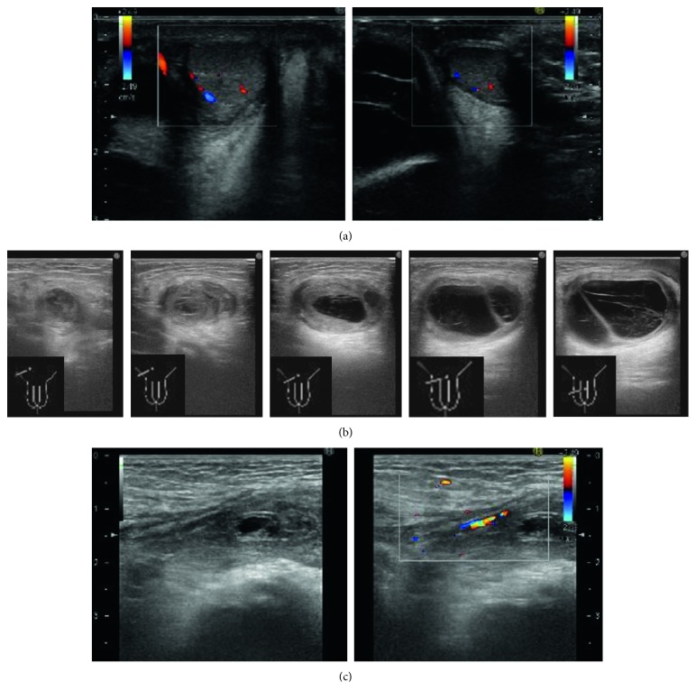
Hydrocele inflammation causing scrotal pain and redness.
This article describes the case of a 14-month old boy diagnosed with an acute scrotal pain caused by a noncommunicating hydrocele. The patient presented with a hydrocele in the right spermatic cord with a swollen scrotum. His symptoms included a 4-day history of intermittent right scrotum pain, a red and swollen scrotum. In addition, the patient was in a grumpy mood, however, cremasteric reflux was absent.
Doctors advised a urine test which showed no white blood cells and a slight increase in CRP. An ultrasound was performed which showed normal testes and epididymis. And colour Doppler US showed normal blood flow. arabic casino The cranial of the right testis further showed a low-echoic hydrocele with multispetum. The wall of the hydrocele was as thick as 3 to 5 mm. The Doppler US also showed an omentum present in the patient’s processus vaginalis in the right inguinal canal. لعبة الروليت However, the partial omental incarcerating could not be ruled out completely because of the sensitivity of the US. Inguinal exploration further showed a processus vaginalis (PV) with the inserted omentum. However, there was no evidence of necrotic or adherent tissue.

There was no communication between the PV and hydrocele. The omentum itself was not causing the pain, as concluded with the surgical findings. The testis examination showed a normal coloured testis with no torsion of the spermatic cord. Although, the hydrocele was seen to be adhering to the surrounding tissue. Similarly, was much thicker and more solid compared to the pediatric testicular hydrocele. Histopathology showed oedema in the wall with fibrin precipitation and lymphocyte infiltration. This indicated that the severe inflammation was the cause of scrotal pain and redness.
References
Unusual Cause of Acute Scrotal Pain-Inflammatory Noncommunicating Hydrocele: A Pediatric Case Report https://www.ncbi.nlm.nih.gov/pmc/articles/PMC5822865/



